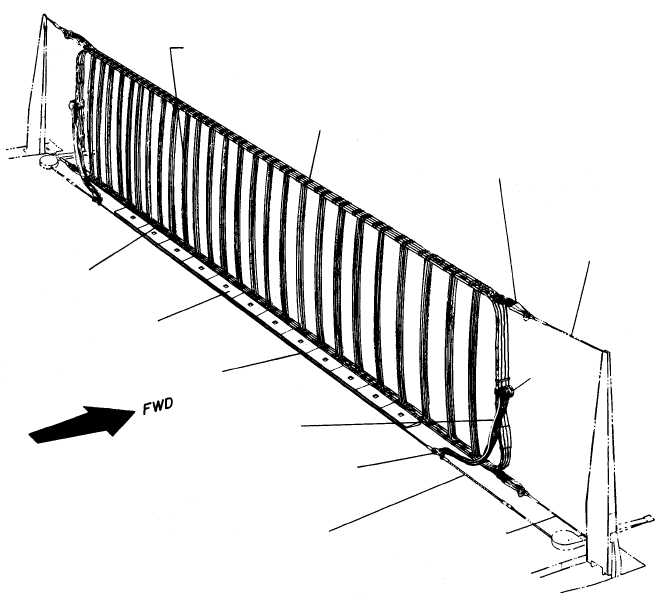The aircraft-handling signals discussed in this
section (fig. 10-4) are used by all aviation branches of
the United States Armed Forces.
You, the beginner, must first learn (memorize)
these signals thoroughly. Then, you must practice these
signals to ensure precise execution. If you drop one arm
to indicate application of a brake on a turn, snap the arm
out briskly. If you stretch your arms out in rendering a
signal, open them wide.
When practical, keep the
hands well separated. It is better to exaggerate a signal
than to make it in such a manner that it may be
misinterpreted.
NOTE:
The
"emergency
stop"
signal
is
mandatory. All other director hand signals are advisory
when directing aircraft.
Aboard carriers, the "emergency stop" signal is
used more frequently than on shore stations. You must
remember that this signal is meant for emergencies
only. Do not use it as a routine stop signal. It is
sometimes necessary for the director to give a "come
ahead slowly" signal in close quarters. The director
should execute this signal by alternately giving the
standard "come ahead" signal (with slow movement of
the arms, followed by the stop signal).
10-9
ENGAGING STRAPS
THREE WEBBING
ASSEMBLIES
(MODIFIED 91’ ASSEMBLIES
REGULAR 108’ ASSEMBLIES,
OR A MIXSTURE OF EACH)
MULTIPLE
RELEASE
STRAPS
UPPER TENSIONING
PENDANT
(DECK GEAR)
HOLDDOWN
DECK RAMP
EXTENSION LOOP
DECK CABLE
RING TYPE
COUPLING
EXTENSION
PENDANT
LOWER TENSIONING
PENDANT
(DECK GEAR)
ANf1003
Figure 10-3.—Typical barricade in the ready position.

